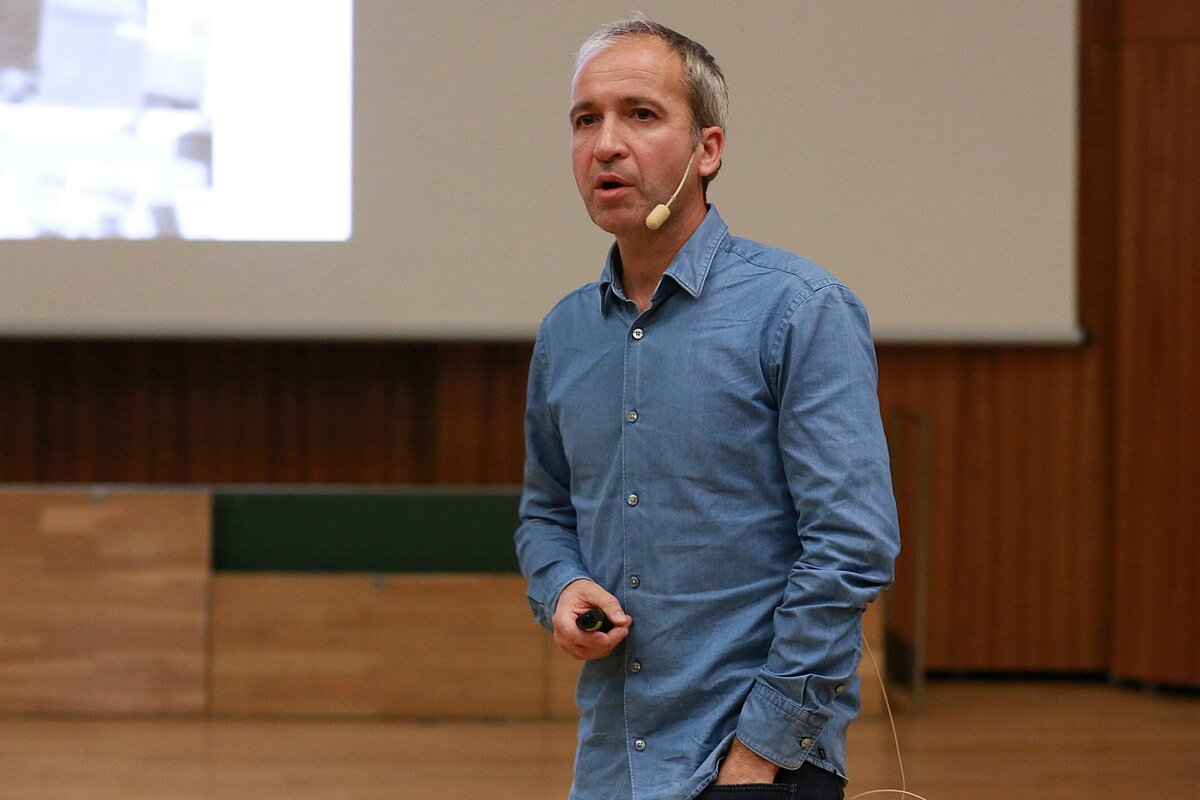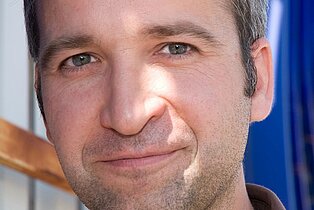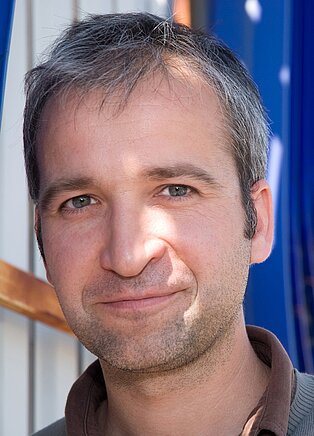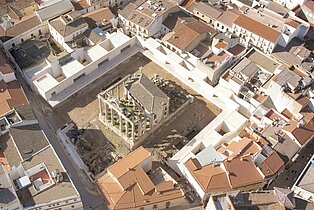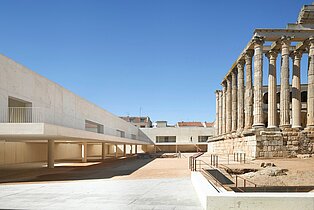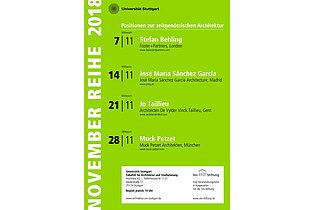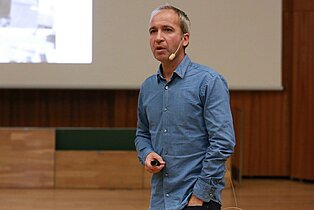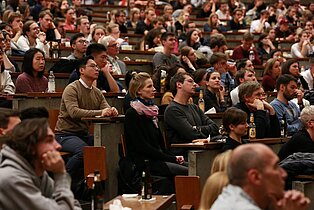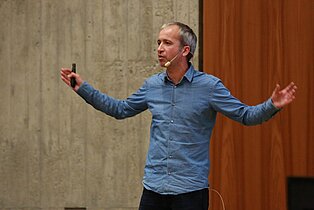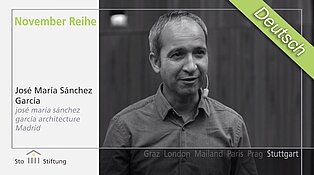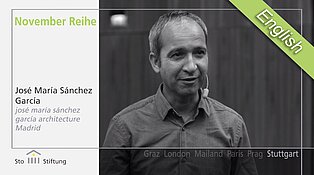Review | José María Sánchez García at the November Reihe 2018 in Stuttgart
For the second lecture at this year's November Talks at the University of Stuttgart, Prof. Markus Allmann, Director of the Institute for Spatial Conception and Fundamentals of Draft Design gave the welcoming speech. He took over this task from Prof. Peter Cheret who has chaired this series of events for the last 12 years.
In his introduction for Spanish architect José María Sánchez García, Allmann draws a comparison with the guest from the previous week, Stefan Behling (Foster + Partners). He sees their similarity in the fact that García also preoccupies himself with technologies and has the mindset to view technologies as a parameter that can lead architecture further. Allmann describes García as an architect who gets highly involved with technologies and structures, but who employs them in a very remarkable and austerely sensual manner. Another hallmark feature of his work is the balance he seeks between geometry and territory. His response to the question of how landscape and building can blend into one another is a very sensitive one, as his projects demonstrate.
In 2006, García set up his architecture office in Madrid. He has since participated very successfully in international architecture competitions and has won many first prizes. In 2016, he was awarded his doctorate by ETSAM Madrid. For many years, García has engaged in international lecturing work.
In his lecture, this architect provides insights into his office's approach to work and its philosophy. In his opinion, architecture is something that cannot be viewed as something entirely separate from research. Architects must find the fields that interest them, and must define their own personal path. They cannot control the process, nor the people who are involved in it. Therefore architecture has to find a way to reconcile various different situations, conditions and restrictions that occur concurrently.
Firstly, García introduces a project for a Roman temple in Merida, Spain and, in this context, expands upon the meaning of the word ‘territory’: it makes a place more interesting to consider it from the viewpoint of a ‘territory’ than simply as a ‘location’. This particular architecture competition called for a building for public use. An important notion for García was to preserve the archaeological site and the ancient remnants at this location. Ultimately, García and his team succeeded in finding a new element, one that combines ancient and modern structures: a new layer to conserve the place and to breathe new life into it. García emphasises just how important it is to build on what has gone before, to know the rules, and to understand the system. Architects must be flexible and receptive in order to deal effectively with diverse requirements: “It is important to find the rules, the limits, the system, and then to break them”. The project only supplied the infrastructure that opens up new opportunities for the ‘territory’ and enables something special to emerge that arises from the dialogue between the present and the past.
Finally, Garcia showcases ‘The Ring’ sports centre, located on a forested peninsular in Cáceres, Spain. This location is subject to significant fluctuations in the water level, which is why the building was built on stilts. The biggest challenge facing this project was the need to marry the interests of twelve different sports associations. These included criteria such as giving each of them the best possible sea view. The best answer to these requirements was to make the building a round one. ‘The Ring’ has a facade measuring 640 metres. Across this length, the facade of this iconic building keeps being interrupted to provide everyone with a clear view of the landscape. The rhythm of those breaks in the continuity of the facade are guided by the surrounding topography - every section of the building presents itself in a completely different way to the others, creating the feeling that you are at different locations, depending on where you are within the building. Here, above all, emphasis was placed on working within natural limits: hills, water and trees.
Interview with Michel Desvigne
Find the Video-Interview on our YouTube-Channel.


